Voice assistants in the connected car could be a boon for billboard advertising.
How many people use voice assistants in the car?
Total in-car voice assistant users in the U.S. is almost 130 million with 83.8 million active monthly (as of January 2020).
This total reflects a 13.7% rise in users from September 2018 to January 2020 and is more than 45% higher than the number of smart speaker owners.
About 51% of U.S. adults have used a voice assistant while driving and about one-third have become monthly users. (Via Cerence and Voicebot, 2020)
Are billboards still effective?
37% of drivers report looking at an outdoor ad each or most of the time they pass one (Arbitron National In-Car Study, 2009)
58% learned about an event or restaurant they were interested in attending by viewing a roadside billboard.
Billboard advertising is big money, accounting for $40 billion of global advertising expenditure since 2000 – a figure that is expected to increase by at least 7.6% by 2022.
71% of surveyed individuals in the U.S. recently shared that they feel billboard ads stand out more in comparison to online advertisements
Billboards and Effective Short Messaging
First, remember that billboards should have about five words or less.
What’s next for OOH (Out of Home) and voice marketing?
Billboards whose primary aim is branding probably won’t change much. If they’re a mix of branding and DR that is location based, here’s what could happen. Take McDonald’s for example. Their 2018 Cannes award-winning ad campaign where the Golden Arches were cleverly cropped to create direction arrows is perfect as-is. There’s no reason to add a voice command to the billboard unless it would allow pre-order, faster window pickup, or increase the average cart size (which it could). (Remember, the only reason to use voice is when it makes the customer’s life easier or more convenient — not just to check a box.)
“Follow the Arches” Campaign: McDonald’s Creative Billboard. McDonald’s built these billboards to show drivers the closest restaurants. The Golden Arches were cleverly cropped to create direction arrows. This smart minimalist approach won the Outdoor Grand Prix award at Cannes in 2018.
But for the billboards whose aim is direct response (DR): You’re going to see a change from featuring URLs (and hopefully we’re done wasting four characters on “www.”). It will change to a voice-based hint or command, like, “Ask Alexa to order White Claw.” And Alexa will be accessible in the car. It may be Siri or Google. Or we’ll get to that agnostic point where we have a symbol for “Ask” like we currently realize the @ symbol means it’s a social handle on all networks. Example: “Follow us @beetlemoment” - we don’t need to tell you this means Twitter, Instagram, and LinkedIn - it’s implied. Voice will have that too. Maybe it’ll be a talk bubble symbol instead of the at sign.
Prediction: Within 2-4 years: instead of putting a URL on a billboard, advertisers will display instructions to ask the in-car voice assistant for more information, directions to a location, or to purchase the item right then (perhaps with a discount). This will be done hands-free.
Billboards should have the fewest words possible to convey a simple message that is legible from afar.
Then people will get so used to using voice that the instructions won’t have to be spelled out at all. Over-instructing people would be like saying today, “Pick up your phone and type a search for our brand then tap on the underlined blue text to access the hyperlink.”
In short, effective advertising moves to where people are (i.e. on Instagram, or looking at billboards but using Alexa Auto or Siri / Apple Watch). The ad’s goal is to make it convenient for the audience to understand the message or act. It makes AIDA happen.











